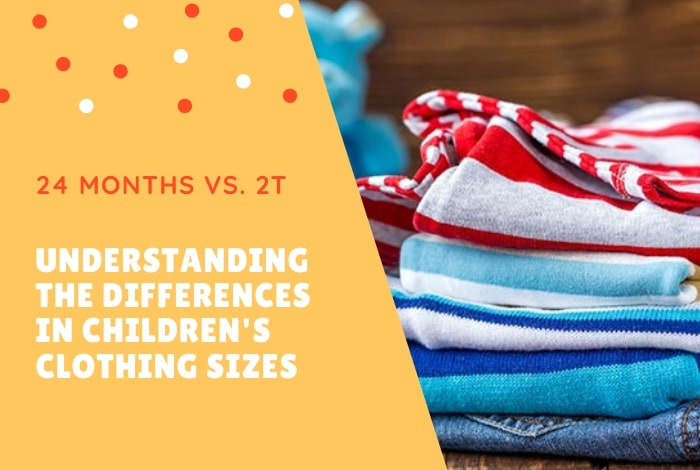Choosing the right size of clothing for a child can be a challenge, especially for parents who are new to the process. With the various sizing options available, it’s easy to get confused about what size is best for your child. One common question that arises is whether 24 months and 2T sizes are the same. While they may seem similar, there are differences between the two sizes that can affect the fit of the clothing.
Understanding these differences is important to ensure that your child’s clothing fits comfortably and properly. In this article, we will explore the differences between 24 months and 2T sizes, including variations in length, weight, and height requirements.
We will also provide tips on how to choose the right size for your child, taking into account factors such as weight, height, and body type. Whether you’re a new parent or simply looking to update your child’s wardrobe, this guide will help you navigate the world of children’s clothing sizes and choose the best fit for your little one.
Understanding Sizing for Infants and Toddlers
Knowing the different sizing conventions and how they relate to one another can help ensure you purchase the right size of clothes for your child. This article will discuss the differences between 24 Months and 2T sizing and offer some tips for determining the best size for your child.
How to Measure Your Child for Clothing
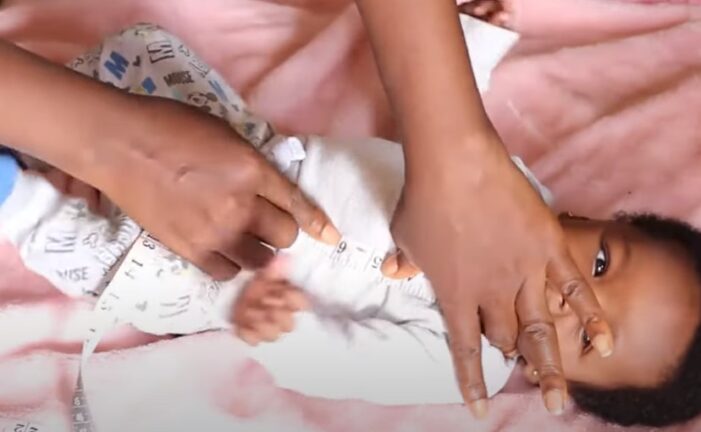
Measuring your child correctly for clothing is essential to ensure a comfortable and well-fitting outfit. But understanding the sizing for infants and toddlers can be a bit confusing, especially when it comes to pieces like tops and dresses.
Here are the steps to measure your child accurately for clothing:
First, measure your child’s height from the top of their head to their feet using a measuring tape or a yardstick.
Measure their chest or bust area by wrapping the tape measure under their armpits and around the widest part of their chest.
Measure their waist by placing the tape measure just above their belly button.
Measure their hips by placing the tape measure around the widest part of their hip area.
While 24 months and 2T refer to the same approximate age range, 2T is cut slightly larger to accommodate growing toddlers. It’s always best to refer to the specific sizing chart of the brand you’re purchasing from to ensure the right fit for your child.
The Importance of Proper Fit for Growing Children
Proper fitting clothes are essential to a child’s growth and development. Knowing the difference between sizing for infants and toddlers can ensure that children’s clothing fits well and supports their growth.
Although 24 months and 2T sizes may seem similar, there are some significant differences between the two. While 24 months is intended for babies who are approximately two years old, 2T is designed for 2-year-old toddlers who are taller and more active than babies.
It’s essential to consider these differences when choosing clothes for your child to ensure that they can move freely and comfortably while still providing enough room for growth. Properly fitting clothes also reduce the risk of injury and support healthy development by allowing children to move and explore their environment without restriction.
Taking the time to understand sizing differences and choosing clothes that fit well is an important part of supporting a child’s health and well-being.
Differences Between 24 Months and 2T
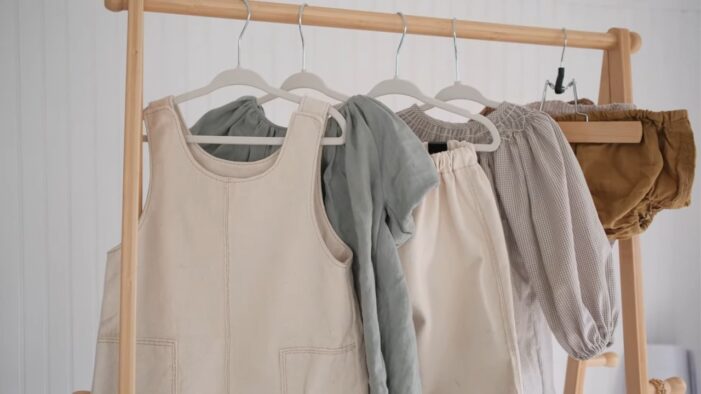
Knowing the differences between 24-month sizing and 2-T sizing can be confusing, especially when shopping for children’s clothing. Each size is designed to fit differently and some brands use one size while others use the other. It’s important to understand the difference between the two so you can pick the right size for your child.
Let’s take a look at what sets 24 months and 2T sizes apart.
Age and Physical Development Differences
When it comes to age and physical development, there is a significant difference between 24 months and 2T sizes.
24 months is a size that is intended for babies who are from 18 to 24 months old with different physical needs, while 2T is a size that is intended for toddlers who are from 2 to 3 years old. This difference in size can affect the fit and comfort of clothes, as well as the developmental needs of the child.
While 24 months mostly fits babies who are not yet fully walking, 2T size caters to toddlers who are more active, more mobile, and therefore have different clothing and developmental needs. It’s crucial to choose the right size for your child to ensure they feel comfortable, confident, and able to move freely.
Clothing Brand and Style Variations
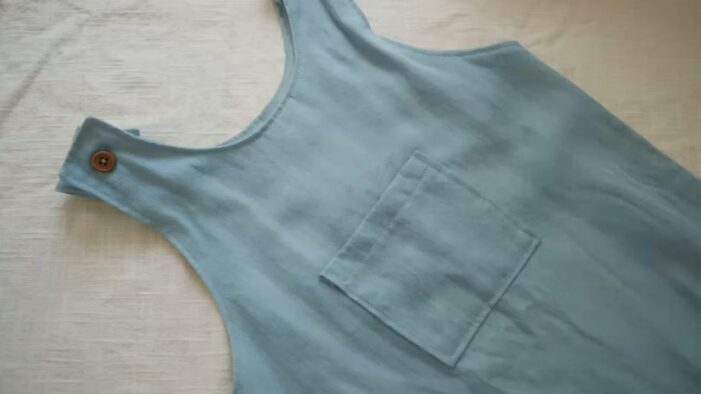
The main difference between the two sizes is in their respective fits. While both sizes are intended for children between the ages of 18-24 months, 24 months is designed to fit a child for their entire 24th month, while 2T is designed to fit toddlers up to 2 years old. 2T clothes tend to be slightly longer and wider than garments in the 24-month size, accommodating a growing toddler’s body shape.
It’s always important to consult the brand’s size chart before making a purchase, as sizing can vary between brands.
How to Choose the Right Size for Your Child
When it comes to choosing clothes for your child, knowing the difference between 24 months and 2T can save you time, money, and frustration.
The key differences between the two sizes are the fit and the cut of the clothing. 24 months clothing tends to have a looser fit to accommodate diaper wear, while 2T clothing is designed with a slimmer, more tailored cut for children who have outgrown diapers.
When choosing between the two sizes, consider your child’s weight, height, and body shape, as this will help you determine the best fit. Ensure to take accurate measurements before making any purchase.
Tips for Buying and Sizing Clothing for Infants and Toddlers

Knowing what size to get can not only save you time and money, but also ensure your baby looks as cute as possible in their new outfit.
Check Size Charts Before Purchasing
Before buying clothing for infants and toddlers, it’s crucial to check size charts to make sure you get the right fit. 24 months and 2T may sound like the same thing, but there are differences in the sizing that can affect how the clothes fit your child.
Here’s what you need to know:
24 months: This size is intended for babies who are around 24 months old and weigh between 28-30 pounds. These clothes tend to be roomy, as they’re designed to accommodate a diaper.
2T: This size is intended for toddlers who are around 2 years old and have a slimmer frame than a baby. The clothes are less roomy than 24-month sizes but still have space for a diaper.
It’s essential to check size charts and measure your child’s height and weight to ensure you get the best fit for their age and body type. You can also opt to buy clothes that are labeled with both sizes to get the best of both worlds.
Look for Adjustable Features on Clothing Items
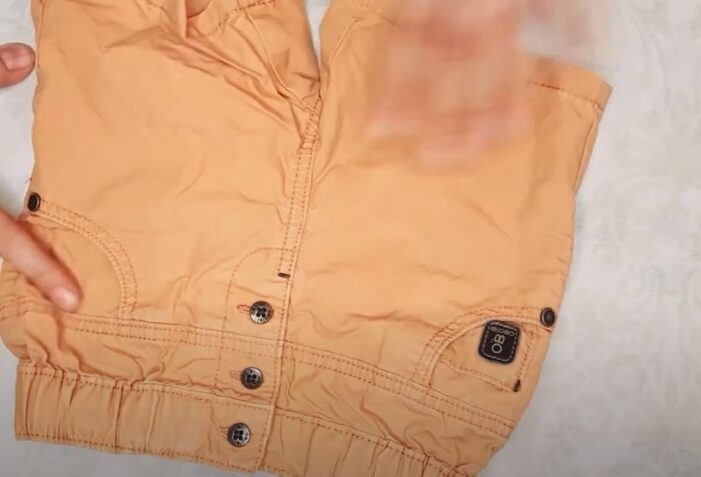
When buying clothing for infants and toddlers, look for adjustable features on clothing items to ensure a better fit and prolonged wearability.
Some adjustable features to look for include:
- Buttonhole elastic waistbands
- Adjustable shoulder straps
- Snaps and buttons on sleeves and pant legs
- Drawstring closures on hoodies and jackets
These features allow you to adjust the fit of the clothing to accommodate your child’s growth and changing body shape. Additionally, they can make it easier to change diapers, dress your child, and adapt to varying weather conditions.
It’s important to note that sizing can vary between brands, so it’s always a good idea to check the size chart and measure your child before making a purchase.
Pro tip: Consider investing in versatile and adjustable clothing items that can be worn in different seasons and for different occasions, such as a lightweight jacket with removable sleeves or a dress with adjustable straps.
FAQs
What should I do if my child falls between two sizes?
If your child falls between two sizes, it’s generally best to size up rather than down, as children grow quickly and may soon outgrow a smaller size.
Can I rely on the age recommendations on clothing tags to determine the size?
While age recommendations on clothing tags can be a helpful guide, they are not always accurate for every child. It’s important to consult size charts and consider your child’s individual measurements when choosing a size.
Can I exchange clothing items if they don’t fit my child?
Many retailers allow for exchanges or returns of clothing items that do not fit. It’s important to check the specific retailer’s policy before making a purchase.
How often should I check my child’s clothing size?
Children grow quickly, so it’s important to regularly check your child’s clothing size and update their wardrobe as needed. It’s generally recommended to check every 3-4 months.
Can clothing sizes vary by country?
Yes, clothing sizes can vary by country, so it’s important to consult size charts specific to the country where the clothing is being purchased.
Are there any general guidelines for sizing up or down for children’s clothing?
As children grow quickly, it’s generally recommended to size up rather than down when choosing children’s clothing. However, it’s important to consider the specific garment and its fit, as different styles may fit differently. It’s also important to consider your child’s individual measurements and body type when choosing a size.
How do I ensure that clothing fits my child properly?
To ensure that clothing fits your child properly, it’s important to consider factors such as the garment’s fit, fabric, and style. When trying on clothing, make sure there is enough room for movement and that the clothing is not too tight or too loose. It’s also important to consider your child’s comfort and the intended use of the garment. For example, play clothes may need to be roomier than dress clothes.
Conclusion
In conclusion, navigating clothing sizes for growing children can be a daunting task, but understanding the differences between sizes such as 24 months and 2T can make the process easier.
Keeping your child’s specific measurements in mind and using size charts provided by clothing brands can help ensure a proper fit. Additionally, buying clothes with adjustable features such as elasticized waistbands can be helpful in accommodating your child’s growing body.
With a little bit of knowledge and preparation, navigating clothing sizes for growing children can be a stress-free experience.
